Online resources for the study of Mesopotamian stamp and cylinder seals, often with incised legends naming the owner, his profession or educational standing, his patronymic and, looking up in the Mesopotamian hierarchy, his administrative affiliations, are difficult to come by, even though this unassuming administrative tool has played a very substantial role in the development of writing, and in the smooth functioning of an advanced ancient society. The Seals Portal presents a pathway to the growing documentation of seals in the CDLI, including text annotations, various generations of images, as well as although admittedly limited image annotation files.
The CDLI catalogue currently [6/30/2022] contains entries documenting 56,969 Mesopotamian seals and sealings: 42,070 represent clay tablets, tags or other sealings, most of whose seal impressions included owner legends, and just 8,707 are physical seals; 6,648 CDLI entries represent composites derived from seal impressions, and therefore the negatives of original cylinder seals now lost.
View all seals in the CDLI, both seal impressions, composite seals and physical seals.
Composites Seals are derived from seal impressions, and therefore the negatives of original cylinder seals now lost.
View all Physical Seals, both stamp and cylinder shaped, in the CDLI.
View all impressions of seals in the CDLI. Whenever possible seal impressions, or sealings, have been linked to a composite seal entry as well.

Seal of Ayakala, governor of Umma
Seal of Ayakala, governor of Umma during the Third Dynasty of Ur (ca 2100-2000 BC) attested impressed on ca 1180 tablets.
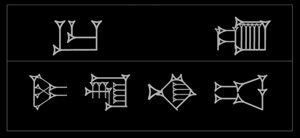
Seal of Ur-Mes, fattener, attested impressed on ca. 310 tablets from Puzriš-Dagan during the Ur III period (ca 2100-2000 BC).
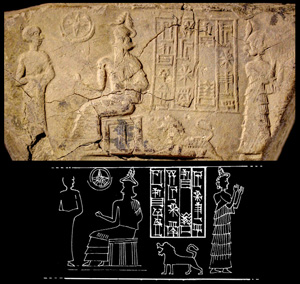
Two versions of the seal of Ur-Nungal, an accountant for the crown stationed at Umma. Ca. 262 tablets were impressed with the two versions, possibly re-carvings of this seal.
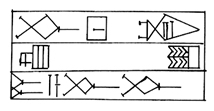
The seal of Bukušum is known in two versions from ca 35 impressions on Early Old Babylonian (ca. 2000-1900 BC) tablets from Isin.
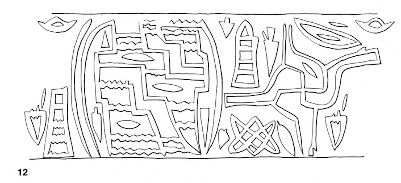
Early Dynastic “City Seal” found impressed on ca 27 ancient clay objects from Ur dating to the Early Dynastic I-II Period (ca. 2900-2700 BC).

Seal of Illuratum, the daughter of Abi-maraṣ, and servant of the god Išhara. Illuratum’s seal is attested on ca 50 tablets from Sippar-Yahrurum during the Old Babylonian period (ca. 1900-1600 BC).
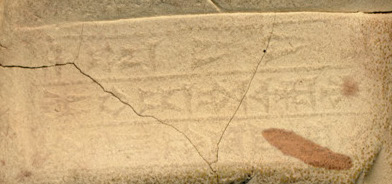
Seal of Nabi-ilīšu, archivist of Rim-Anum, an Old Babylonian (ca. 2000-1900 BC) king of Uruk, attested on ca. 35 tablets.
| Period | Seals | Impressed artifacts |
|---|---|---|
| Old Akkadian (ca. 2340-2200 BC) | 1605 | |
| ED IIIa (ca. 2600-2500 BC) | 429 | |
| Neo-Assyrian (ca. 911-612 BC) | 1329 | |
| Achaemenid (547-331 BC) | 268 | |
| Hellenistic (323-63 BC) | 12 | |
| Parthian (247 BC - 224 AD) | 10 | |
| Neo-Babylonian (ca. 626-539 BC) | 358 | |
| Sassanian (224-641 AD) | 15 | |
| Uruk III (ca. 3200-3000 BC) | 1432 | |
| ED I-II (ca. 2900-2700 BC) | 817 |
Employ the COCO converter to convert annotations from COCO format to W3C.JSON format.